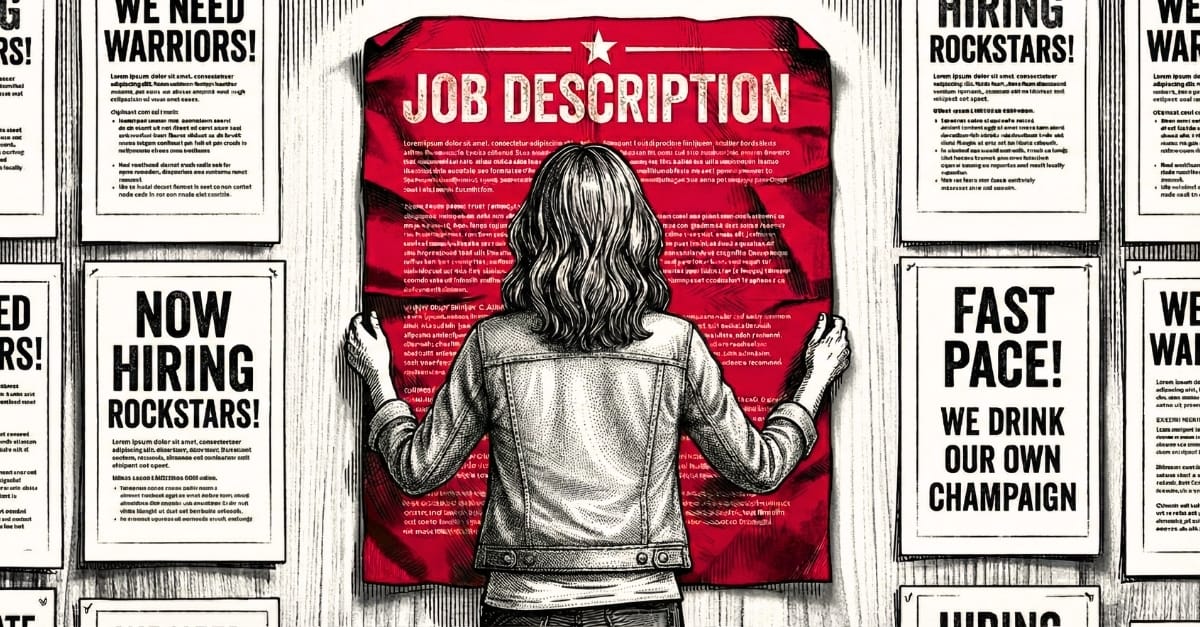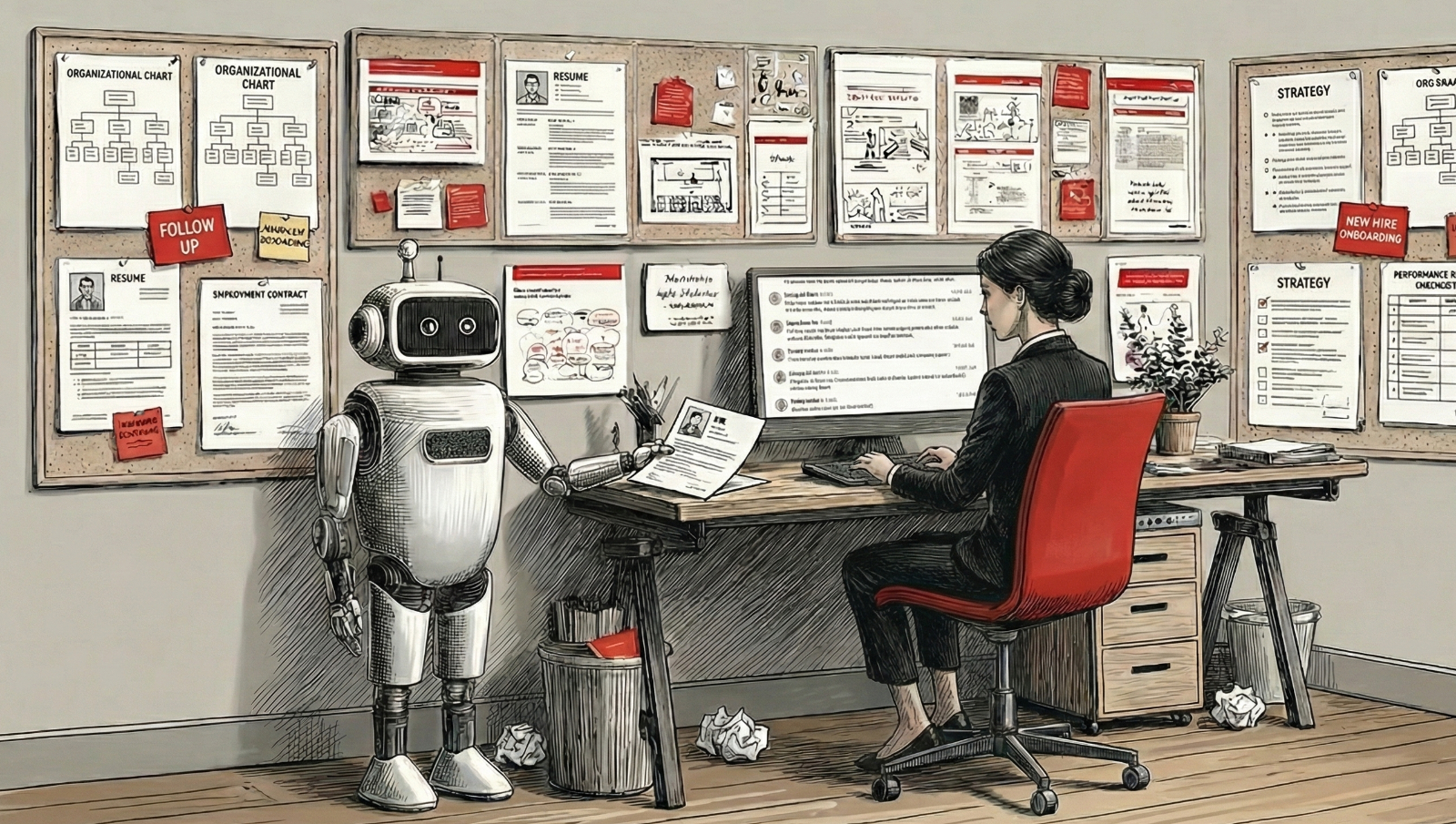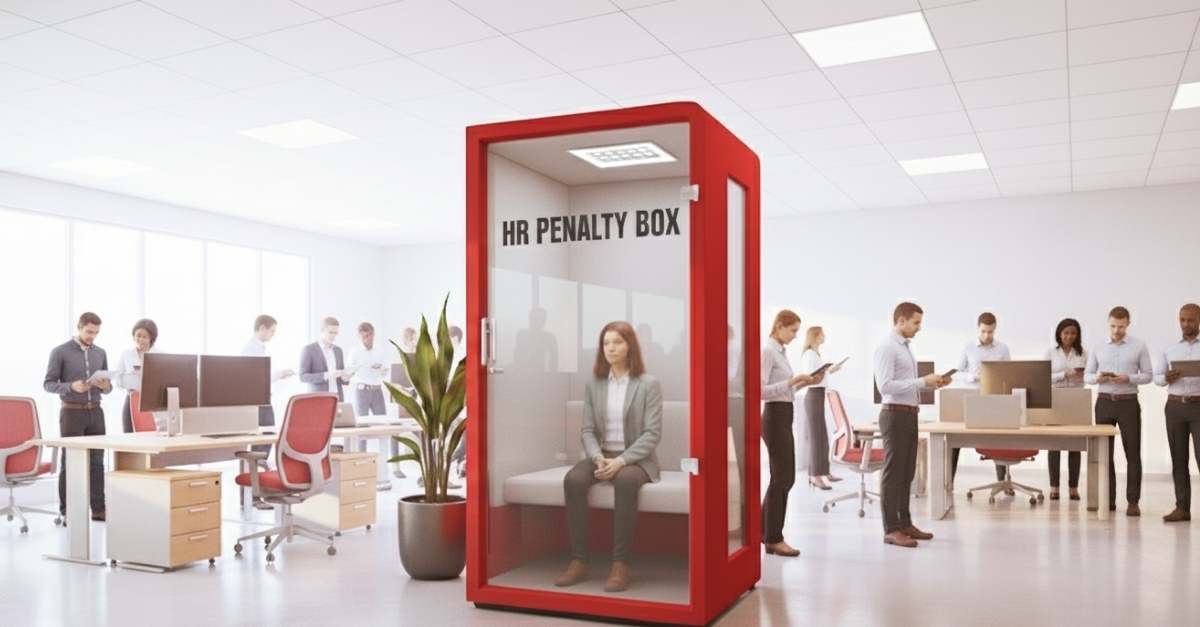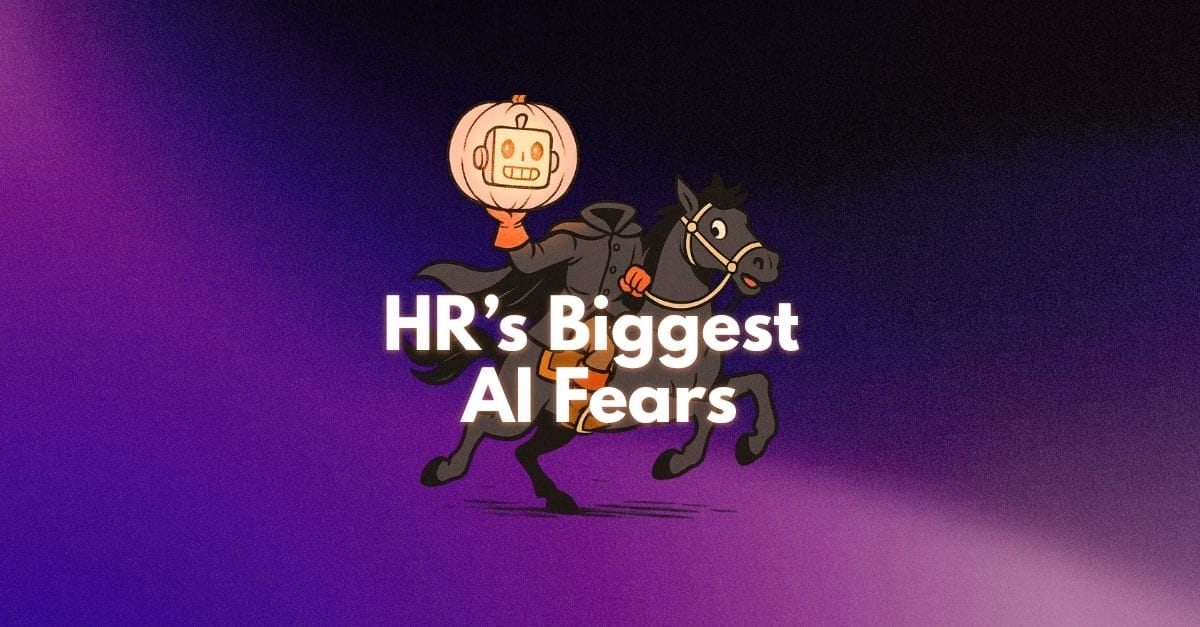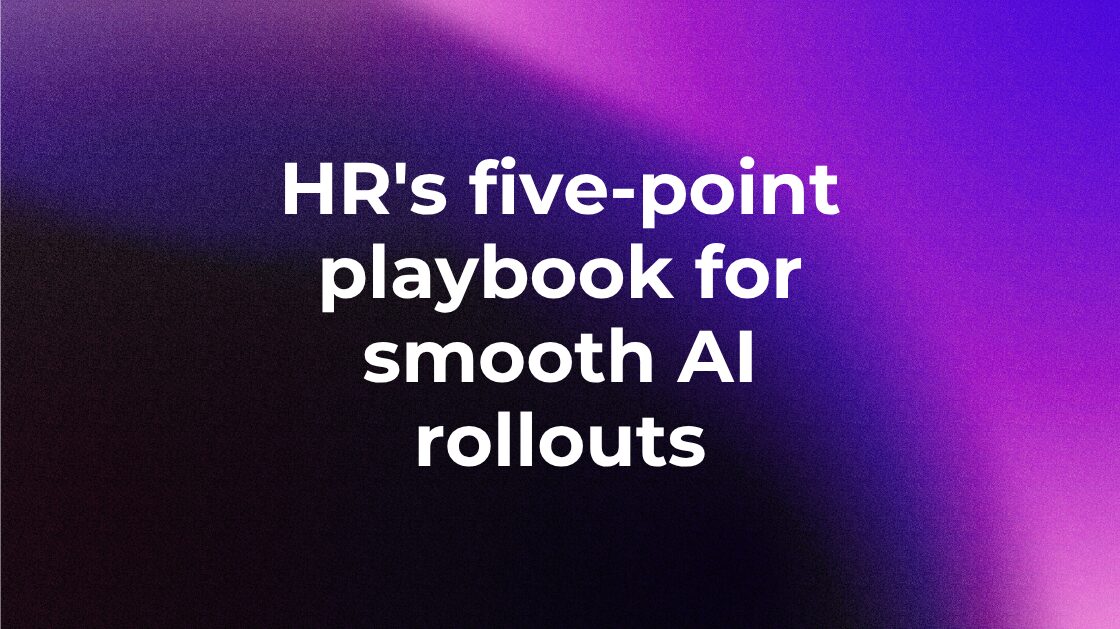We won’t belabor the point—2020 was a rollercoaster year, and we’re all ready to move on. But people problems and organizational obstacles won’t simply disappear with the flip of the calendar.
If we learned anything from the past year, it’s that remote work is here to stay. Its form may vary by company, industry, or role, but we’ll all need to continue navigating a virtual workplace to some degree.
Success depends largely on continuing to shorten the remote work curve. It’s a truth executives are keenly aware of as they hit the ground running in 2021.
Executive teams are still trying to achieve remote cohesion.
In its 2021 CEO Benchmarking Report, The Predictive Index surveyed 160 CEOs from various industries, asking them about their primary concerns and priorities post-COVID.
Among the key takeaways? More than half of the respondents said “working well remotely” was their primary challenge. That’s despite having more than half a year to work out the kinks and put new systems in place.
Here’s how the response data broke down:
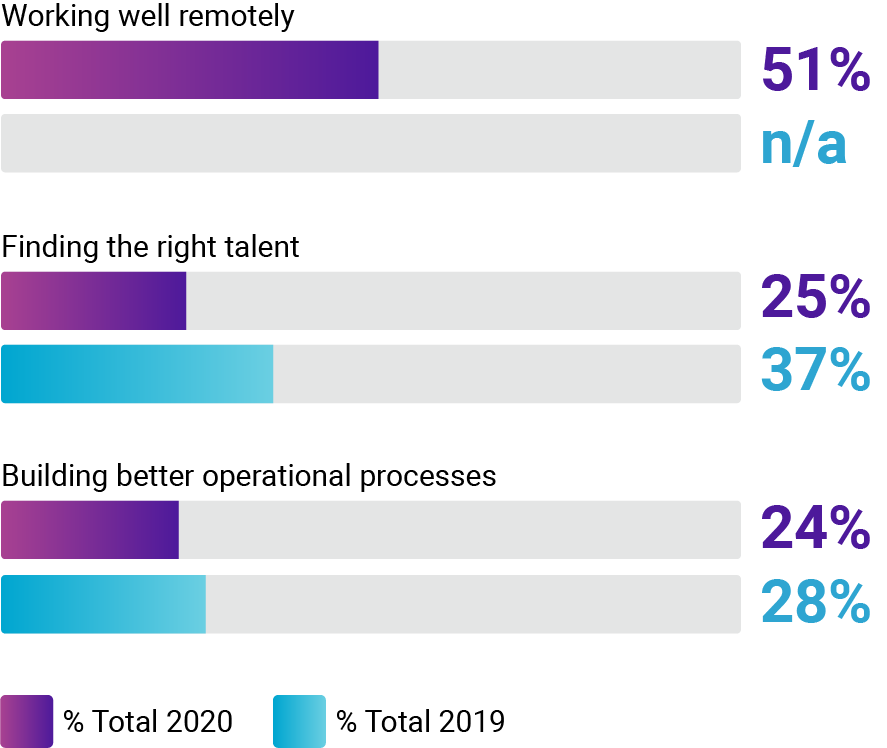
Remote work is complex—you don’t need nuanced behavioral data to understand that. But when you start to apply behavioral learnings, and think about how a virtual workplace might affect your people differently, you can begin to unpack the challenge.
Executive teams are beginning to understand that different behavioral profiles will take to full-time remote work at different speeds. Someone with a higher formality drive, for example, may bristle at the blurred lines between work and home life. Those with higher extraversion drives need to be intentional in satisfying their need for human interaction. Meanwhile, those with higher patience drives might find the ebbs and flows of remote work to their liking, as they can remain task-oriented and steady in their focus.
The data confirms that, regardless of company size or goals, understanding the behavioral drives of your employees is essential in a remote world. The more data you have at your disposal, the better equipped you are to address issues. That goes for people data, just like any other metric.
Business strategy is people strategy. Don’t leave it neglected.
Where talent strategy was the No. 1 priority for 30% of respondents in 2019, it’s top of mind for just 17% in 2020. Finding the right talent, as shown above, was cited as the primary challenge for just 25% of respondents in 2020, compared with 37% a year earlier.
So many companies were in pure survival mode throughout 2020. But if you ignore talent strategy too long, you’ll eventually pay the cost, whether in the form of employee disengagement, turnover, or both.
Talent optimized organizations recognize that business and talent strategies aren’t mutually exclusive. If your remote work strategy doesn’t take into account people’s behavioral preferences, it will inevitably fall short. It can’t just be about extra monitors and stipends. Managers have to understand how to manage each remote worker accordingly. And executives need to model empathy, understanding and flexibility, from the top.
Read the full report to gain more insights into what CEOs are prioritizing, and how they’re tackling the ongoing challenges presented by this pandemic. It’s essential that executives put people problems right up there with commercial concerns—because if you don’t have cohesive teams that understand your goals, you can’t truly tackle 2021 head on.

